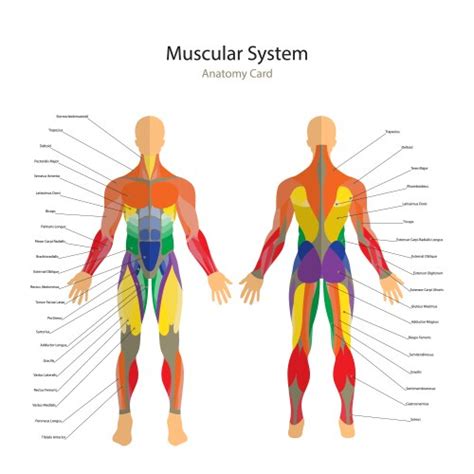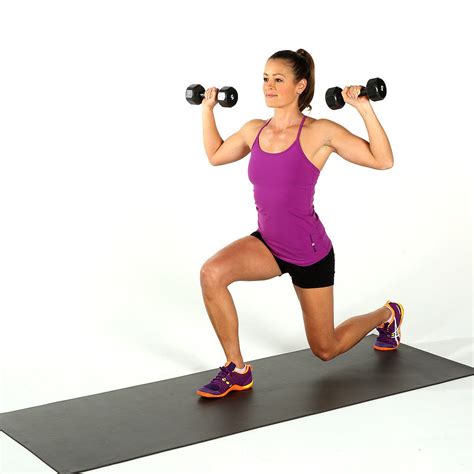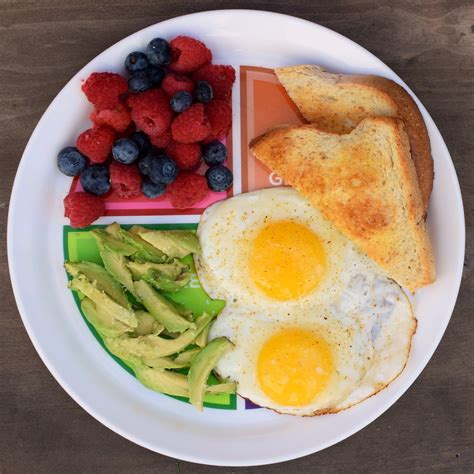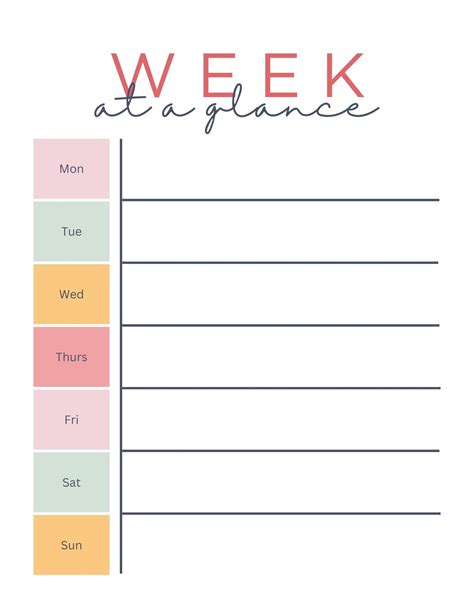What’s the most efficient 3-day workout split for max strength & muscle gain?

The Quest for Efficiency: Why a 3-Day Split?
In the pursuit of maximum strength and muscle gain, many lifters get caught in the trap of thinking more days in the gym always equals better results. However, for those with busy schedules or a desire for optimal recovery, a well-structured 3-day workout split can be incredibly effective. The key lies not in the quantity of your training days, but the quality and intelligence of your program design. This article will outline the most efficient 3-day approach, focusing on compound movements, progressive overload, and intelligent recovery to deliver substantial gains.
The Power of a 3-Day Full-Body Split
For maximizing both strength and muscle (hypertrophy), a 3-day full-body split often stands out as the most efficient choice. Unlike a traditional Push/Pull/Legs (PPL) split over three days, which only hits each muscle group once a week, a full-body approach allows you to train each major muscle group 2-3 times per week. This increased frequency provides more opportunities for muscle protein synthesis and neurological adaptation, both critical for strength and size.
Benefits of this frequency include:
- Increased Training Frequency: More stimulus for growth and strength development.
- Enhanced Recovery: Ample rest days between sessions allow your muscles to repair and grow, preventing overtraining.
- Time Efficiency: You can achieve significant results without living in the gym, freeing up time for other commitments.
- Skill Acquisition: Practicing major lifts more often leads to better form and technique.

Core Principles for Max Strength and Muscle
To ensure your 3-day split is truly efficient, adhere to these fundamental principles:
- Compound Movements: Prioritize exercises that work multiple muscle groups simultaneously (e.g., squats, deadlifts, presses, rows). These are the most effective for building overall strength and muscle mass.
- Progressive Overload: This is non-negotiable. To get stronger and bigger, you must continually challenge your muscles by gradually increasing the weight, reps, sets, or decreasing rest times.
- Proper Volume & Intensity: Find a balance. For strength, focus on lower reps (3-6) with heavier weights. For hypertrophy, moderate reps (6-12) with challenging weights work best. A good program will incorporate both.
- Adequate Recovery: Your muscles grow outside the gym. Ensure you’re getting 48-72 hours of rest for major muscle groups between heavy sessions.
Crafting Your Efficient 3-Day Routine
Here’s a sample structure for an efficient 3-day full-body workout split, designed to hit all major muscle groups with sufficient intensity and volume. Remember to warm up properly before each session and cool down afterward.
Workout Day 1: Strength Focus
- Barbell Squats: 3-4 sets of 5-8 reps
- Barbell Bench Press: 3-4 sets of 5-8 reps
- Barbell Rows (Pendlay or Bent-Over): 3-4 sets of 6-10 reps
- Overhead Press (Barbell or Dumbbell): 3 sets of 8-12 reps
- Optional: Bicep Curls: 2-3 sets of 10-15 reps
- Optional: Tricep Pushdowns: 2-3 sets of 10-15 reps

Workout Day 2: Power & Hypertrophy Focus
- Deadlifts (Conventional or Sumo): 1-2 warm-up sets, then 1-2 working sets of 3-5 reps (heavy) OR Romanian Deadlifts: 3 sets of 8-12 reps
- Incline Dumbbell Press: 3 sets of 8-12 reps
- Pull-ups (or Lat Pulldowns): 3 sets of 6-12 reps (or to failure)
- Leg Press or Lunges: 3 sets of 10-15 reps
- Lateral Raises: 3 sets of 12-15 reps
- Plank or Ab Rollouts: 3 sets to failure
Workout Day 3: Balanced Full Body Focus
- Front Squats or Goblet Squats: 3-4 sets of 8-12 reps
- Dips (or Close-Grip Bench Press): 3 sets of 8-12 reps
- Seated Cable Rows: 3 sets of 10-15 reps
- Face Pulls: 3 sets of 15-20 reps
- Calf Raises (standing or seated): 3 sets of 15-20 reps
- Hyperextensions or Glute Ham Raises: 3 sets of 10-15 reps
Rest Times: Aim for 2-3 minutes between sets for heavy compound lifts, and 60-90 seconds for accessory exercises. Choose weights that allow you to complete the prescribed reps with good form, reaching near failure by the last rep of each set.
Progressive Overload: Your Growth Engine
Without progressive overload, your muscles have no reason to adapt and grow. Consistently striving to improve is paramount. Here’s how to apply it:
- Increase Weight: The most common method. If you hit your target reps easily, add a small amount of weight (e.g., 2.5-5 lbs).
- Increase Reps: If you can’t increase weight, try to get one or two more reps with the same weight.
- Increase Sets: Occasionally, adding an extra set can provide a new stimulus, but be mindful of recovery.
- Decrease Rest Time: Performing the same work in less time increases intensity.
- Improve Form: While not directly adding weight, performing an exercise with stricter form often makes it harder and more effective.
Keep a workout log to track your progress. This makes it easy to see where you need to improve and ensures you’re continually challenging yourself.

Beyond the Gym: Nutrition, Recovery, and Consistency
Your efforts in the gym will be wasted without proper support outside of it:
- Nutrition: Consume adequate protein (1.6-2.2g per kg of body weight) to support muscle repair and growth. For muscle gain, ensure you are in a slight caloric surplus (250-500 calories above maintenance). Don’t neglect complex carbohydrates for energy and healthy fats for hormonal balance.
- Sleep: Aim for 7-9 hours of quality sleep per night. This is when the majority of muscle repair and growth occurs.
- Hydration: Drink plenty of water throughout the day. Dehydration can impair performance and recovery.
- Consistency: This is arguably the most crucial factor. Stick to your program, adjust as needed, and trust the process.

Sample Weekly Schedule
Here’s how you could structure your week to maximize recovery and performance:
- Monday: Workout Day 1
- Tuesday: Rest or Active Recovery (e.g., light cardio, stretching)
- Wednesday: Workout Day 2
- Thursday: Rest or Active Recovery
- Friday: Workout Day 3
- Saturday: Rest or Active Recovery
- Sunday: Rest or Active Recovery

Conclusion
The most efficient 3-day workout split for max strength and muscle gain isn’t necessarily the most complex, but the one that maximizes frequency, prioritizes compound movements, enforces progressive overload, and allows for adequate recovery. A well-designed full-body routine, executed with discipline and supported by proper nutrition and rest, can yield incredible results. Embrace the efficiency, stay consistent, and watch your strength and muscle mass soar.








